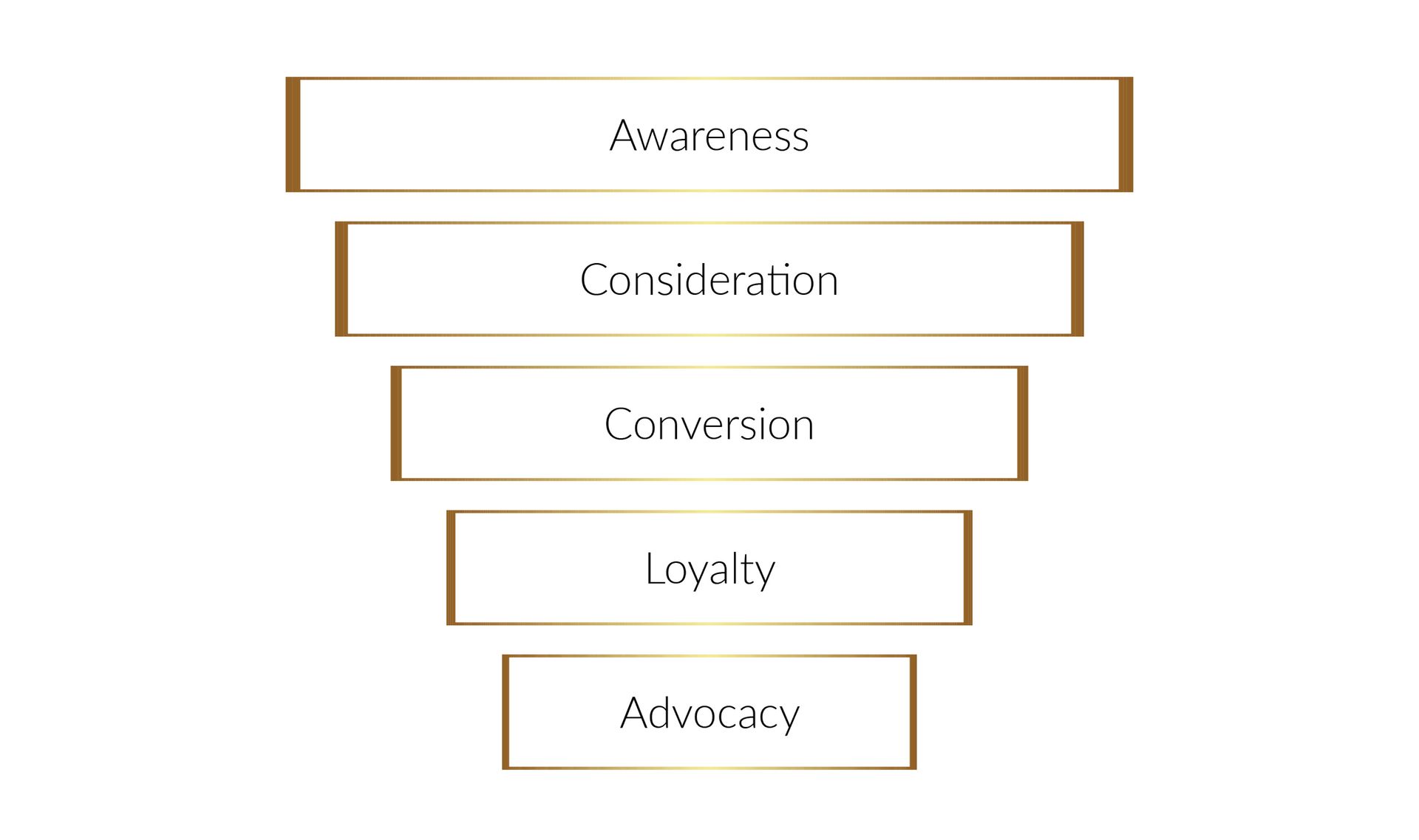Navigating Corporate Transparency: A Guide for HR Professionals and Small Business Owners
A Strategic Playbook for HR Leaders and Entrepreneurs in Adhering to CTA Guidelines

As we step into the era of heightened corporate transparency with the Corporate Transparency Act (CTA), HR professionals and small business owners are at the forefront of ensuring seamless compliance. This comprehensive guide unveils the crucial role HR departments play in navigating the intricacies of the CTA, empowering businesses to embrace transparency.
The CTA Landscape: A Quick Overview
Enacted in 2021, the CTA aims to combat illicit activities in U.S. businesses by mandating Beneficial Ownership Information (BOI) Reports. Small businesses, including domestic reporting companies like corporations and LLCs, must adhere to this transformative regulation.
Defining HR's Role: Key Responsibilities
Identifying Individuals with Substantial Control: HR professionals must meticulously identify individuals within the organization who exert substantial control. This includes senior officers, decision-makers, and those with authority over appointments or removals.
Determining Beneficial Owners: Understanding the concept of beneficial ownership is pivotal. HR teams need to identify individuals who own or control at least 25% of ownership interests. This includes assessing the person responsible for filing the document creating the company—a crucial figure known as the "company applicant."
Assessing Senior Officers and Decision-Makers: HR plays a central role in assessing senior officers and decision-makers who influence the reporting company. This involves identifying individuals with the authority to appoint or remove officers and those making critical decisions.
Ensuring Timely and Accurate Reporting: A Shared Responsibility
Compliance with the CTA involves strict timelines for filing initial BOI reports and subsequent updates. HR departments must collaborate with legal and finance teams to ensure accurate reporting of changes in substantial control, ownership interests, or senior officer roles.
Proactive Steps for HR Professionals
- Establish a clear process for identifying and documenting individuals with substantial control.
- Collaborate with legal advisors to interpret complex CTA requirements and ensure accurate reporting.
- Implement regular training sessions for HR teams to stay updated on CTA regulations and compliance procedures.
Conclusion: Embrace Transparency as a Culture
In the era of the Corporate Transparency Act, HR professionals and small business owners are pivotal in fostering a culture of transparency. By understanding and fulfilling their roles in CTA compliance, they contribute to building resilient and accountable organizations.
Stay tuned for more insights as we navigate the regulatory landscape together. Embrace transparency—it's not just a compliance requirement but a cultural shift for a new era of corporate responsibility.





